Decluttering can be a daunting task, especially for individuals struggling with hoarding obsessive-compulsive disorder tendencies. Hoarding, a disorder characterized by excessive accumulation of possessions and difficulty discarding items, can lead to negative consequences on one’s physical, social, and emotional well-being.
People hoard for many reasons. Some are just pack rats, and some have serious problems. Fortunately, there are practical decluttering tips for hoarders tailored specifically for those dealing with hoarding behaviors, which can make the process more manageable and efficient.
Decluttering Tips For Hoarders
Some of the most effective decluttering tips for hoarders are:
- Start small
- Enlist assistance from family and friends
- Use the right tools
- Sort, donate and sell
Before diving into these tips, it’s important to acknowledge the psychological aspects of hoarding, such as anxiety or depression, traumatic experiences, and cognitive impairments. Most hoarders will not be keen to lighten the load.
Recognizing these underlying factors can be pivotal in making a genuine change and committing to a more organized and clutter-free lifestyle. With this in mind, the following top decluttering tips aim to provide guidance, support, and structure for individuals determined to regain control over their living spaces and improve their overall quality of life.
Let;s dive into our article about decluttering tips for hoarders.
*This post contains affiliate links. Full disclosure here.
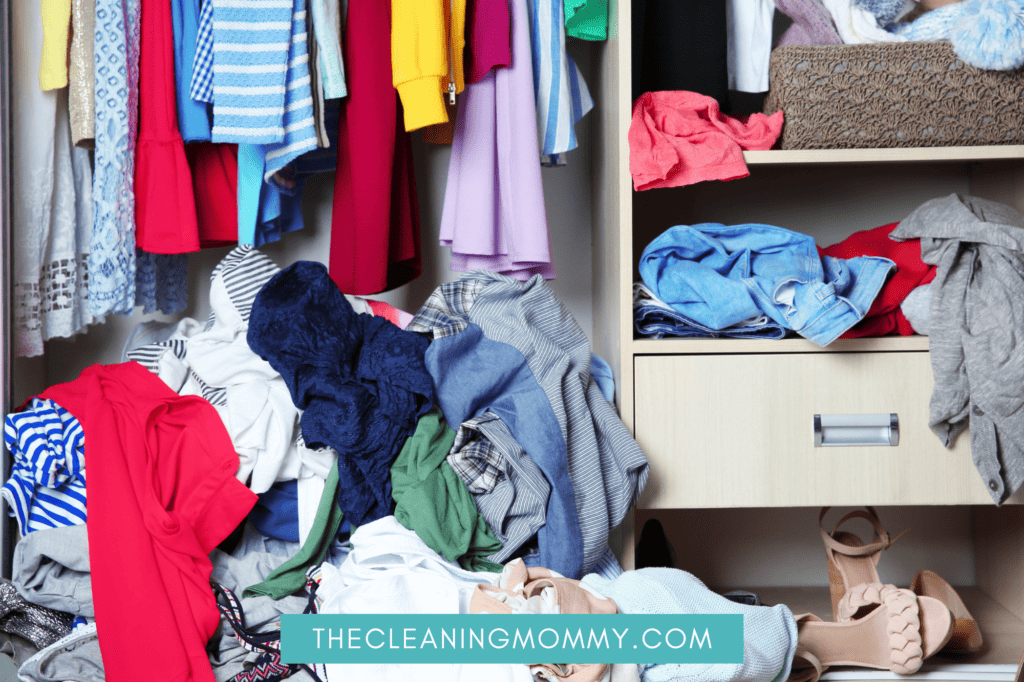
Getting Started with Decluttering
Start Decluttering Small
Taking the first step towards decluttering a home with too much stuff might feel overwhelming. To make it more manageable, begin by setting small, achievable goals. Break the process down into smaller tasks, such as focusing on one room, one corner, or even one drawer at a time.
This will make the process more manageable and help you build momentum as you see progress being made.
Remember, slow and steady wins the race when it comes to tackling a hoarding issue.
First, the corner of a cluttered room, then the entire room, then the entire house! A good checklist might be helpful here to keep you on track.
Enlist Support and Help
Decluttering can be an emotional and challenging process, especially for those struggling with hoarding tendencies. Don’t try to do it all on your own – instead, seek the help of trusted friends or a family member who can provide support and mental health encouragement throughout the process.
If you believe your hoarding issue is severe or rooted in deeper emotional concerns, consider enlisting the assistance of professional help, such as a therapist or counselor, to guide you through the emotional aspects of decluttering.
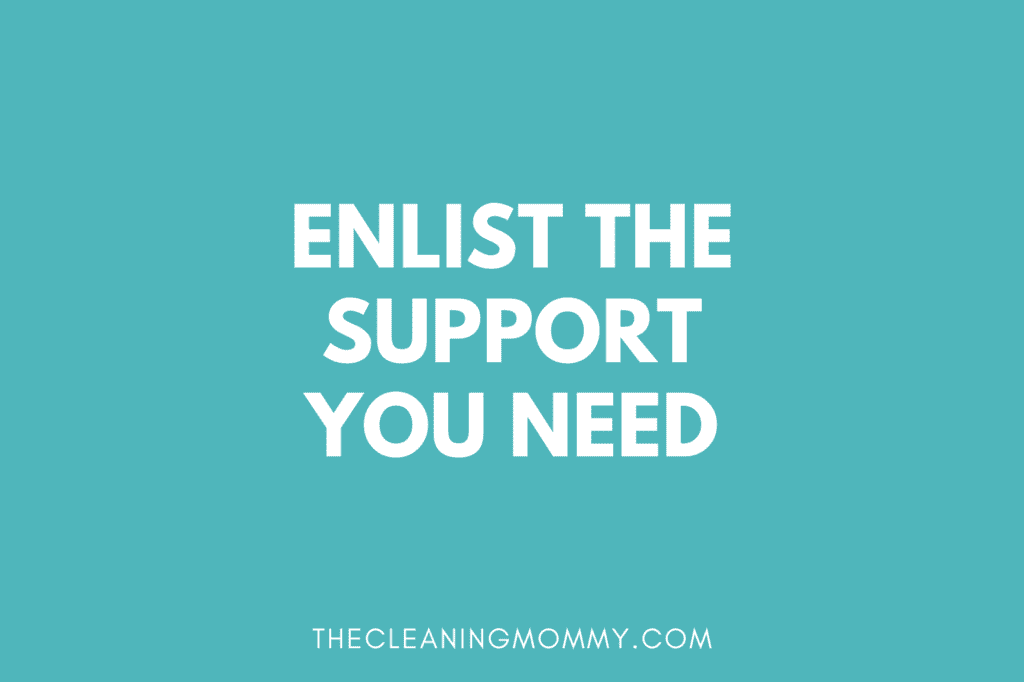
Use the Right Tools
Having the right tools and resources at your disposal can make the decluttering process more efficient and effective. Equip yourself with the necessary organizational supplies, such as storage bins or containers, labels, and trash bags.
Consider hiring a professional organizer, who can offer expert guidance on how to best sort, store, and organize your belongings.
With the right tools and support systems in place, you’ll be better equipped to tackle your cluttered home head-on and create a more harmonious living environment.
Strategies and Decluttering Tips for Hoarders
Making Decisions
When decluttering, it’s crucial to make clear decisions about what to keep and what to discard. With so much stuff to deal with, it is easier to start by setting small goals, like tackling a single drawer or shelf.
Be honest with yourself about the necessity of each item, bearing in mind sentimental and practical value.
Consider creating a “maybe pile” for items that require a second opinion or additional time to assess their importance. This process may feel uncomfortable initially, but as you gain more experience, making decisions will become easier.
Sort, Donate, and Sell
Once you’ve made decisions, the next step is to sort, donate, and sell your possessions. Separate items into categories such as:
- Keep: Necessary, functional or sentimental items
- Donate: Unwanted stuff in good condition items that could benefit others
- Sell: Valuable items that you no longer need or use
- Recycle: Items that can be recycled, like paper, plastic or electronics
- Obvious Trash: Broken, unsafe or unusable items go into a trash bag
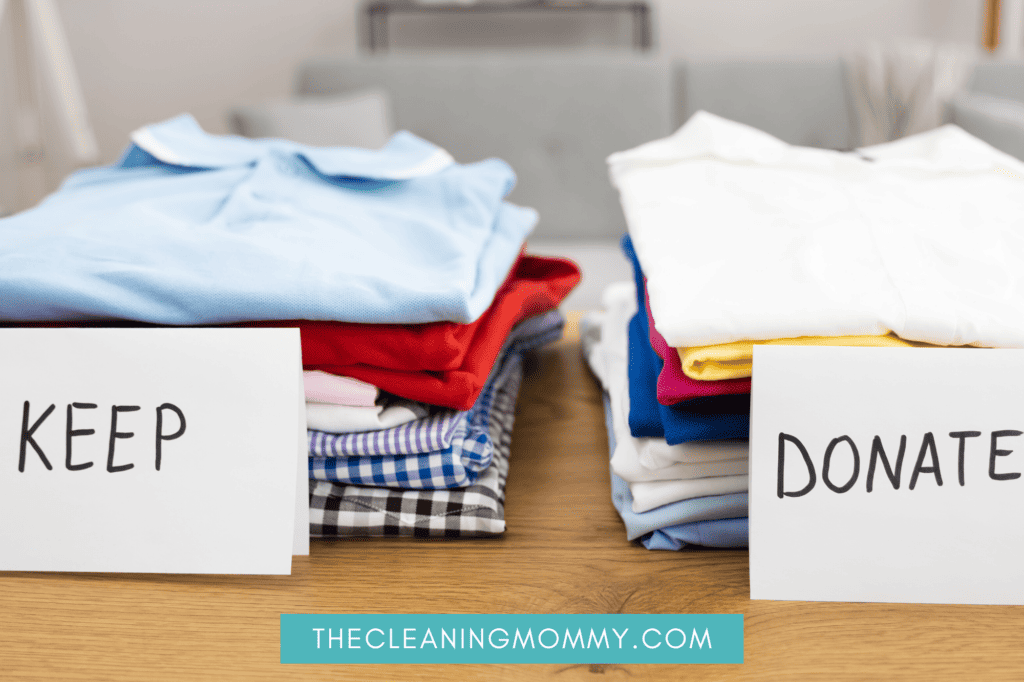
Donating and Recycling
Clothes Donation
When you have clothes you no longer need, consider donating them to a charity or a thrift store like Goodwill. Donate items that are in good condition, free of stains or tears. Some organizations also accept shoes and accessories.
If your clothes are not suitable for donation, consider recycling them. Check with your local recycling center or use a mail-in service like TerraCycle for unwanted fabrics.
Furniture and Household Goods
Furniture and household goods in good condition can also be donated to charity. Organizations like Habitat for Humanity ReStore, Salvation Army, and local homeless shelters are great options. Many organizations also offer donation pick-up, making the process convenient for you.
Here’s a quick checklist of household items suitable for donation:
- Furniture: couches, chairs, tables, beds.
- Appliances: microwaves, blenders, toaster ovens.
- Home décor: lamps, rugs, curtains.
- Kitchenware: dishes, silverware, glassware.
Food Donations
If you have non-perishable food items you no longer need, consider donating them to a food bank or pantry. It’s an effective way to help those in need in your community.
Here are some items typically accepted at food banks:
- Canned goods: vegetables, fruits, soups, meats
- Boxed and bagged goods: pasta, rice, cereal
- Baby food and formula
- Personal care items: toothpaste, soap, shampoo
Remember to check the expiration dates before donating, and only give unopened, non-perishable items.

Selling Unwanted Items
Garage Sales
Hosting a garage sale is a great way to sell your unwanted items quickly and locally. Follow these steps to plan a successful garage sale:
- Choose a date and time that will attract potential buyers, such as a weekend morning.
- Sort through your items and categorize them, like clothing, kitchenware, and electronics.
- Price your items fairly and be open to negotiation.
- Promote your garage sale through social media, local newspapers, and neighborhood flyers.
Remember, garage sales can also be an excellent opportunity to socialize with your neighbors and declutter your home.
We had a garage sale when we were moving into our RV and we got rid of so much stuff. When we were downsizing we started to realize that we had too much stuff, but sometimes you don’t realize it until you start the decluttering process. We made quite a bit of money when we sold our stuff too, so remember that you will probably get a chunk of change too.
Online Marketplaces
Selling items online is an effective way to reach a broader audience. Some popular online marketplaces for selling unwanted items include eBay and Facebook Marketplace. Here are some tips for using these platforms:
- Take clear and accurate photos of your items (lots of photos).
- Write detailed descriptions, including any flaws or imperfections.
- Set reasonable prices and consider shipping costs.
- Respond to potential buyers promptly and professionally.
Keep in mind that selling on online marketplaces may require more time and effort than garage sales, but it can potentially yield higher profits.
We sold lots of things on Facebook when we were downsizing. We met so very nice people too, but I always had them come to the house when my husband was home!
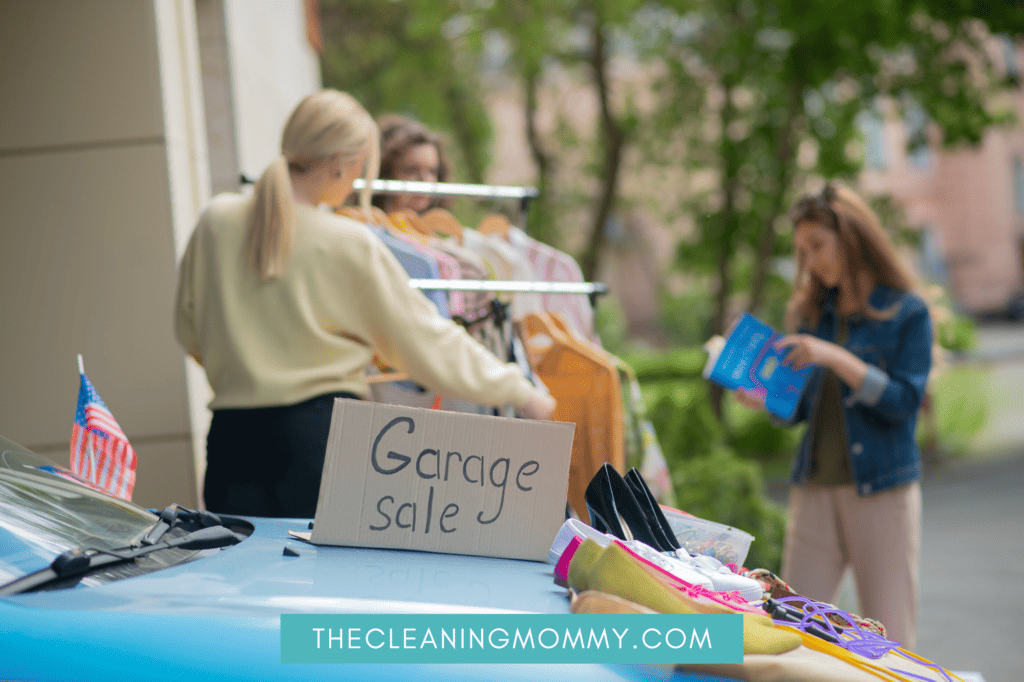
Consignment Stores
Consignment stores can be a convenient option for selling items, such as clothing, furniture, and antiques. These stores typically take a percentage of the sale price in exchange for displaying and selling your items.
To make the most of consignment stores, follow these tips:
- Research local consignment stores to find the best fit for your items.
- Ensure your items are clean, in good condition, and meet the store’s requirements.
- Understand the store’s policies on pricing, commission, and unsold items.
- Keep track of your items and follow up with the store periodically.
Remember that consignment stores can save you time and effort, but it’s essential to understand their policies and fees before committing.
Throwing Away and Storage
Responsible Disposal
It’s essential to be mindful of the environment and local regulations when throwing away your unwanted items. Consider the following options for responsible disposal:
- Donating: If your items are still in good condition, consider donating them to local charities, schools, or community centers.
- Recycling: Always recycle items made of paper, plastic, metal, or glass. Be sure to check the recycling guidelines in your area.
- Hazardous waste disposal: For items containing harmful chemicals or substances (such as batteries, light bulbs, and paint), locate a designated hazardous waste disposal facility in your region.
- Junk removal companies: If you have a large number of items or heavy objects to dispose of, consider hiring a junk removal service like Two Men and a Truck or Junk King, who often recycle, repurpose or donate items they pick up.

Storage Solutions
Once you have eliminated unwanted items from your home, it’s time to find the best storage solutions for the remaining belongings that you need to keep. Here are some storage ideas that can help you stay organized:
- Shelving and bookcases: Utilize every inch of vertical space by installing shelves and bookcases around your home. This will allow you to store and display items neatly while keeping them easily accessible.
- Use clear storage containers: Transparent containers make it easier to see what’s inside, allowing you to quickly locate the items you’re looking for. Remember to label containers in addition to using clear bins. This label machine is super handy to use and helps you to know exactly what’s in each box.
- Take advantage of unused space: Utilize spaces like under the bed, the back of doors, behind the couch, or inside closets to store items that are not frequently used. We used something similar in the RV, it kept things organized. I used these for the kids clothes, I labeled them by sizes, if I saw something on sale for 12-13, I would buyt them and put them away for when they would fit them. These can work for blankets, pillows etc
- Rent a storage unit: If you still have items that don’t fit in your home, consider renting a self-storage unit. Websites like Neighbor can help you find affordable storage options in your area. However, you want to be careful about storing stuff, this isn’t an excuse for you to move things out of your home and into a storage unit!
Remember to maintain your newly organized space by periodically decluttering and assessing your storage solutions. By doing so, you can prevent clutter from accumulating and continue to enjoy a tidy, well-organized home.
Special Situations
Moving Scenarios
When you’re preparing to move, it’s the perfect time to declutter your home and get rid of unwanted items. Start by creating a list of things you no longer need or use. As you pack, separate these items from the ones you’ll be taking with you.
Take a good look at the kitchen utensils you use, we’re all guilty of having so much stuff in this particular drawer. Nobody needs 4 spatulas, or 3 different kinds of measuring spoons. All you need is one of each, when they brak, go buy some more. Doing this will significantly reduce clutter in your home!
Divide the unwanted items into categories, such as donate, recycle, or dispose. For items in good condition, consider donating them to local charities or organizations. On the other hand, recycle or responsibly dispose of items that are worn out or damaged.
Another option is to organize a garage sale, where you can sell items you no longer need. This not only helps with decluttering but also provides a way to earn some extra cash for your move.
Finally, consider joining Freecycle – a worldwide network where people give away and get unwanted items for free. This can be particularly beneficial when moving, as it allows you to pass on items you no longer need and find new treasures for your next home.
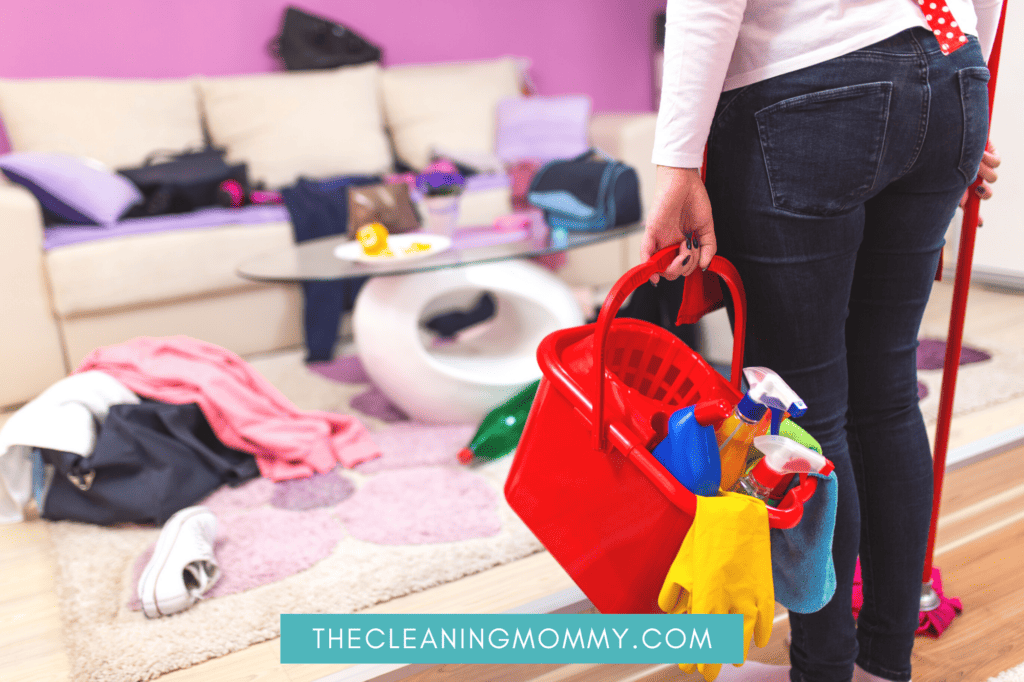
Alternative Donation Options
When decluttering your home, consider alternative donation options beyond local charities and thrift stores. For example, one great option for donating old shoes is Soles4Souls, an organization that distributes gently used shoes to impoverished people.
If you have books you no longer need, consider donating them to libraries, schools, or literacy programs. Office supplies can be donated to local schools or non-profit organizations in need of resources.
For larger items, such as appliances or furniture, you might consider contacting a local non-profit organization to see if they can use the item directly. This not only helps the organization but also ensures the item gets a new lease on life, rather than going to waste.
Remember, there are countless ways to give back to your community while eliminating unwanted items from your home. With a little creativity and research, you can find the ideal donation option for your decluttering project.
Dealing with Duplicates
When going through your items, be prepared to encounter duplicates. Evaluate their usefulness and decide whether they’re worth keeping. In most cases, limit duplicates to a reasonable number or keep only one if having multiples isn’t necessary. This will not only declutter your home but also save you time and space in the long run.
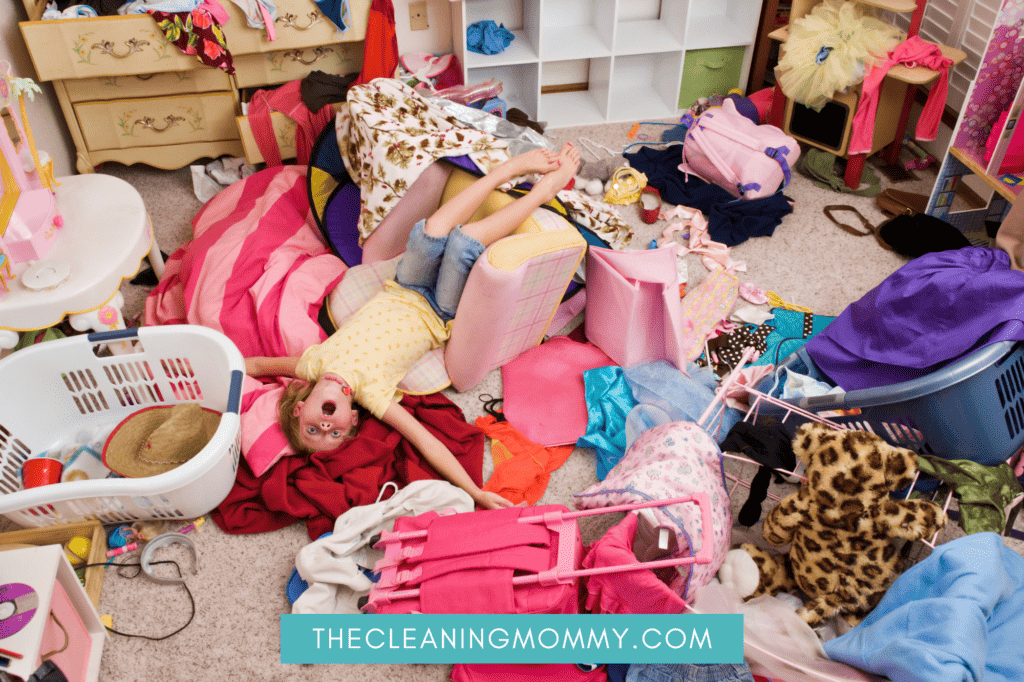
Managing Collections
Some people enjoy collecting specific items, like stamps, coins, or even clutter. While collections can bring joy and have sentimental value, they can also become overwhelming and encroach on living spaces.
Set clear boundaries for your collections and display them in a designated area. Regularly evaluate your collection, and consider trimming it down by recycling or selling items that no longer hold value.
Encourage family members to participate in the decluttering process and respect one another’s choices.
Remember, decluttering is a journey and takes time. Be patient with yourself, and don’t forget to celebrate your progress along the way.
Maintaining a Clutter-Free Home
Organizing and Storing Items
Organizing and storing items is essential in maintaining a clutter-free home, especially for hoarders. Start by categorizing belongings into groups, such as clothes, books, and kitchen items. Next, designate specific storage areas for each category. Use labeled containers, shelves, or drawers to keep everything in its designated space.
Consider investing in space-saving solutions, such as shelving units to store books, or a cute book shelf like this one, under-bed storage containers for seasonal clothing. Regularly assess what items are being used and what can be donated, recycled, or disposed of, to avoid accumulating unnecessary possessions.
One significant aspect of organizing is tackling paper clutter. Keep a shredder handy to eliminate junk mail and outdated documents. This was one of the best things we did in our house. Before that I would have junk mail all over the place just in case! Well, just in case never happened, and I hated the mess so we went digital!
Have a designated storage space for important paperwork and consider switching to digital formats when possible.
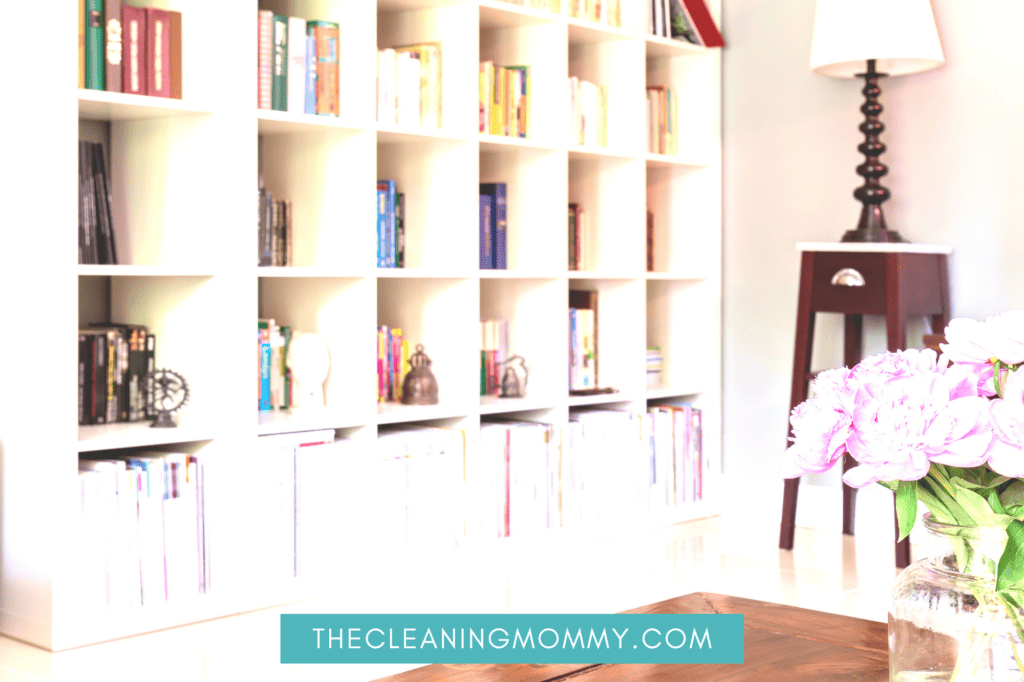
Developing Habits for Orderliness- My Favorite Decluttering Tips for Hoarders
In order to maintain a clutter-free home and ensure that your decluttering efforts are not in vain, it is important to develop habits that promote orderliness. Consistency is key, as clutter can easily reemerge if not tackled regularly.
Some clutter will lead to more clutter, and finally, so much clutter that it becomes a huge job. Here are some of my best decluttering tips to establish routines:
- Set aside time each day or week for cleanup sessions. Focus on specific areas or tasks, such as organizing a closet or decluttering the kitchen counter.
- Educate yourself on the connection between clutter and mental health to maintain motivation. Then stop hoarding unnecessary items.
- Make a conscious effort to put things away immediately after use, rather than leaving them lying around.
- Create and maintain a designated space for each item, so everything has a “home” to return to.
- Regularly assess your possessions and let go of items that are no longer useful or cause a health hazard.
- Enlist the help of friends or professionals if needed, especially if dealing with a hoarding situation.
Keep in mind that maintaining a clutter-free home not only looks better but also minimizes health and fire hazards. Upholding a clean and organized space contributes to a vibrant and dynamic living environment.

Seeking Professional Help
Therapists and Counselors
Seeking professional help is often a crucial step for individuals affected by hoarding disorder. Working with a therapist or counselor can help identify and address the underlying issues that contribute to hoarding behavior. These professionals are trained to provide a safe and supportive environment where individuals can explore their emotions, thoughts, and habits.
Regular sessions with a therapist can help hoarders learn new techniques to cope with the distress that may arise when decluttering or resisting the urge to acquire more items.
Cognitive-behavioral therapy (CBT) is a commonly used approach, as it helps individuals identify and challenge unhelpful thinking patterns while developing healthier coping strategies.
Professional Organizers
In addition to therapy, hoarders can benefit from working with a professional organizer. These experts specialize in creating customized organizing solutions and can offer valuable guidance on decluttering, organizing, and maintaining a tidy living space.
They are experienced in working with people with hoarding tendencies and can provide the necessary support and motivation while respecting the individual’s emotional attachments to their possessions.
A professional organizer’s involvement may vary depending on the individual’s needs and progress. They can assist in breaking the decluttering process into manageable tasks, help make decisions on which items to keep or discard, and suggest strategies for preventing future clutter accumulation.
The collaboration with a professional organizer can bring comfort and relief to those struggling with hoarding disorder, making the path to a clutter-free home more achievable.
I hope these decluttering tips for hoarders will help you or a family member to either stop hoarding, or to at least cut down on the amount of stuff at home.
We all have so many unnecessary items at home, do we really need 6 pairs of similar jeans, or 10 pairs of capri leggings?
Even if you are just starting your decluttering journey, you will start to see a difference, and you will notice how clean your home looks once you start to declutter.
Think about this, would you rather be surrounded by lots of clutter, or things that have a lot of meaning for you. Getting rid of the clutter in your home, takes time, so go easy on yourself. I hope my decluttering tips help you in your journey.
Good luck!
Other Cleaning Articles You May Like:
- Speed cleaning checklist for when unexpected guests are on the way
- Busy mom cleaning routine
- How to clean a messy house
- How to deep clean house after cats
- How to keep order at home
- How to keep your house clutter free
- Five minute cleaning tasks
- What are the benefits of a clean home
- How to start decluttering when your spouse won’t!

Grainne Foley
Grainne Foley is a wife and mother of 2 great kids. During her 5 years of full time RV travel, Grainne learned to become very efficient at household chores, in order to make time for family adventures. Now, back in a house, she has continued to create tools and techniques to help others lighten the load of household organization and cleaning.
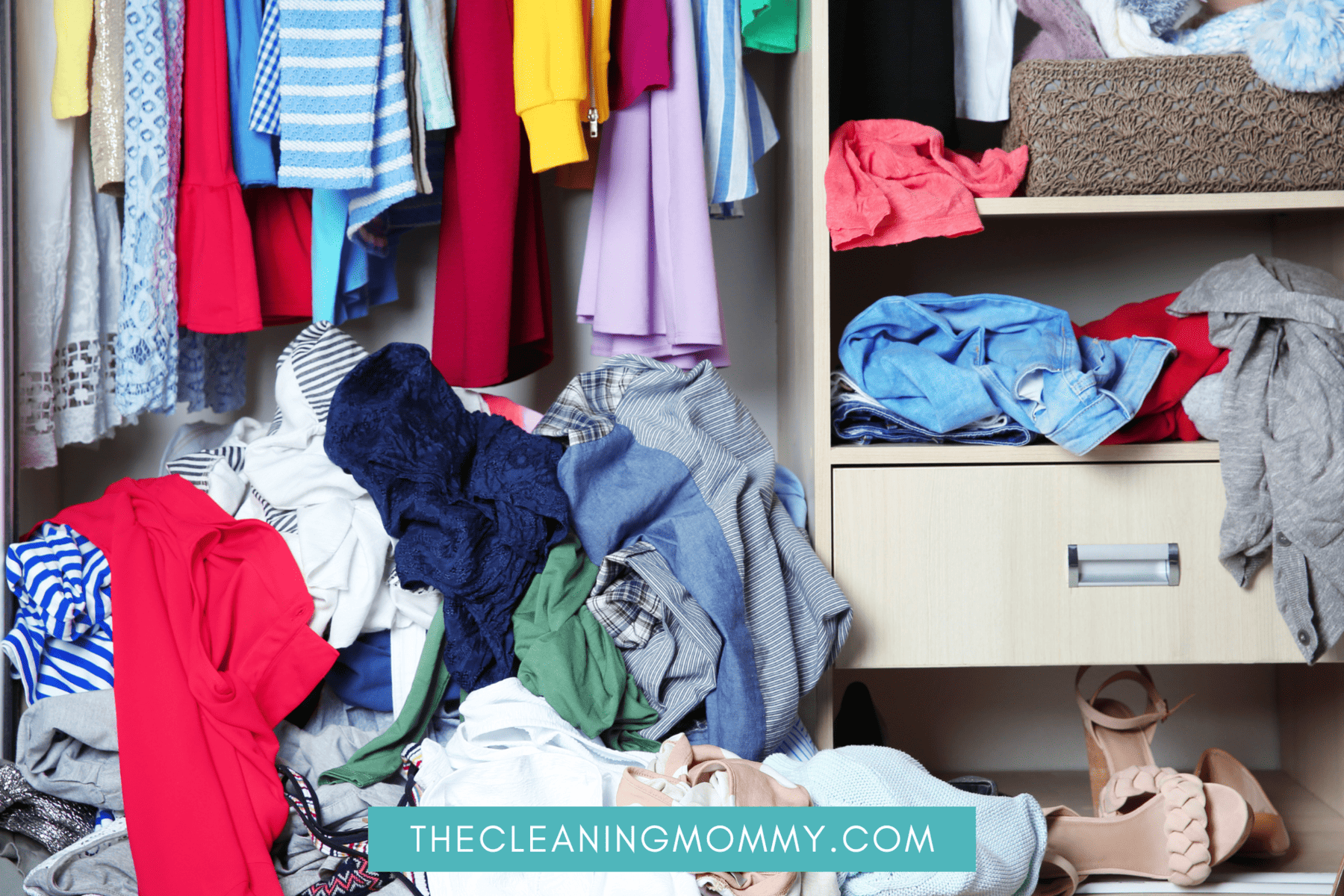
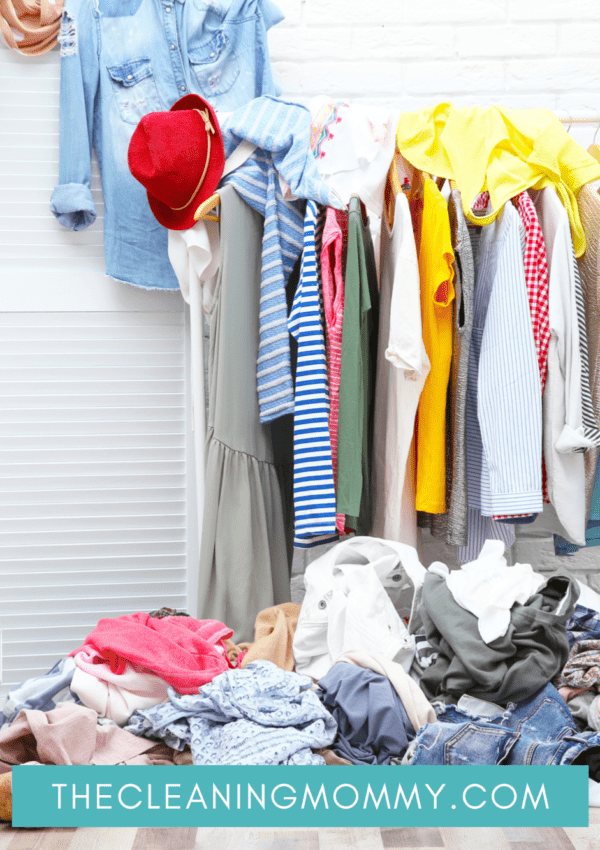

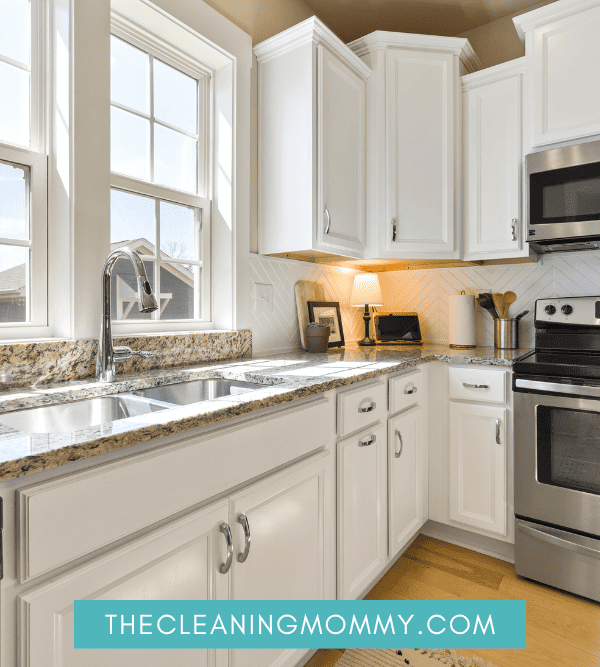
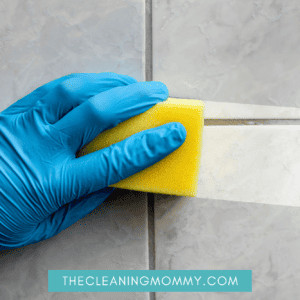
Leave a Reply